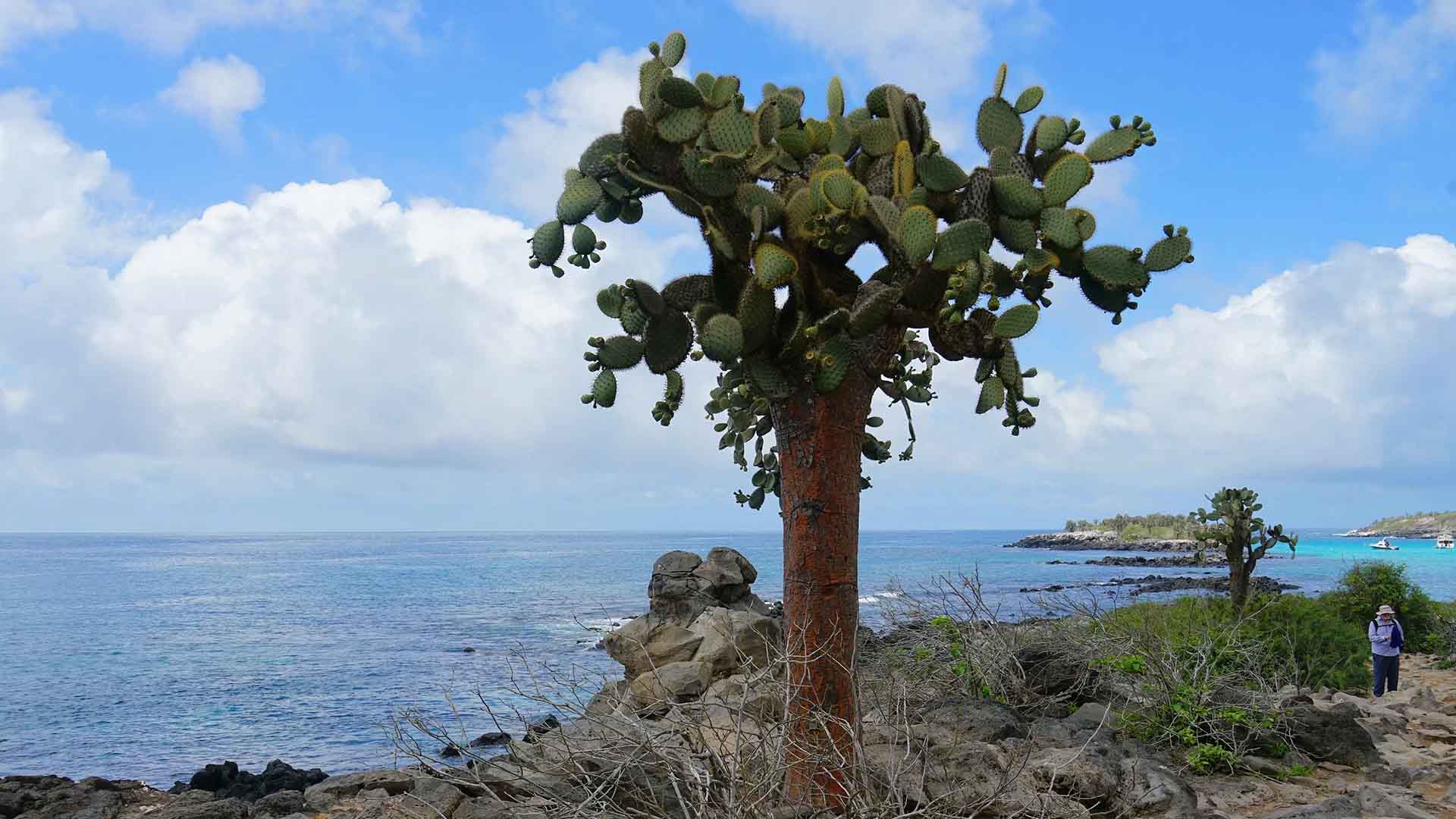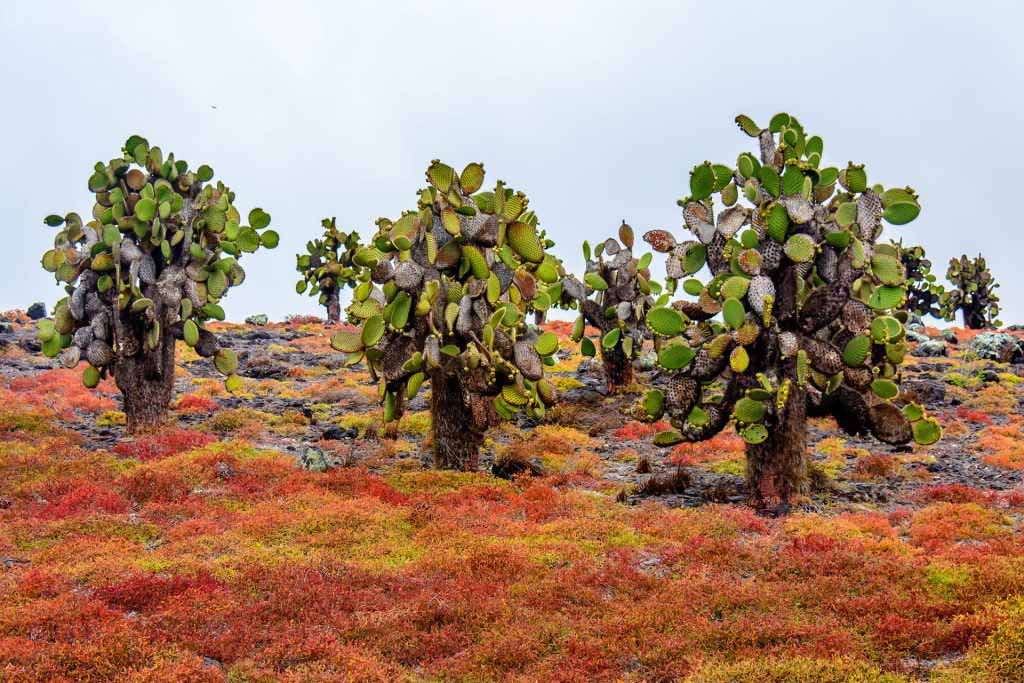Discovering Galapagos Cacti & Their Resilient Beauty
Opuntia Cactus, also known as the Galapagos Tuna is one of the most iconic species in Galapagos. The Galapagos Tuna is also called this cactus. The flat, green cladodes and the juicy fruits of this fish are adaptations that help it survive in the arid climates on the different islands. Galapagos endemic species, which vary from island-to-island, are vital to the ecosystem. They provide food and shelter to various bird species, land iguanas and giant tortoises.
Galapagos is home to a number of endemic species, including the lava cacti. These small plants, with their clumps and cylindrical stems, are found on the youngest islands of the archipelago. They have developed adaptations that allow them to thrive and survive in volcanic landscapes. Lava cacti were one of the first plants to colonize recent lava flows, opening the door for other plant species.
The Galapagos Cactus is also an endemic species that stands out in the Enchanted Islands. The cactus’ distinctive candelabra shape helps it survive in rocky and arid environments because its stems store water. It is an important resource for many bird species such as Darwin’s Finches and Galapagos Doves, who find shelter and food within it.

The Opuntia Cactus is found across various islands of the Galápagos and has evolved unique adaptations to thrive within its ecosystem. ©Lawrence Conaway
We are fascinated by the adaptability of Galapagos Cacti and their exquisite beauty. The presence of these cacti on the different islands reminds us of the need to protect the Galapagos biodiversity. All of these succulents are able to survive extreme conditions. They teach us valuable lessons about resilience and interconnectedness of life. We must protect this natural heritage and ensure that these species flourish in their habitats to the benefit of future generations.

The Lava Cactus (Brachycereus nesioticus) is the only species in this genus, which is restricted to the Galápagos and It is one of the first species to colonize fresh lava flows. ©Sandra Hotrum



